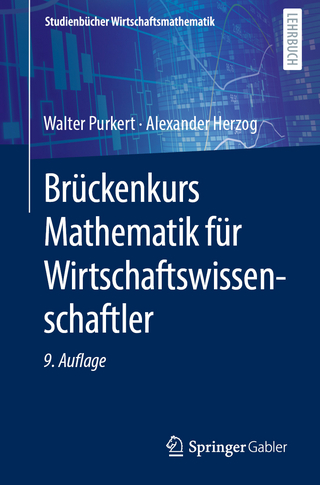
Spoken Language Generation and Understanding
Springer (Verlag)
978-94-009-9093-7 (ISBN)
HOW TO READ THE BOOK: SOME COMMENTS This book is the lasting result of the first NATO Advanced Study Institute on Speech, held at the Centre Culturel du Chateau de Bonas, from June 26 to July 7, 1979. The intent of a NATO ASI is primarily to provide high level tutorial coverage of a field in WhlCh research is active; undoubtedly speech generation and understanding is one at the present time. Thus 12 surveys are offered by some of the best specia- lists in the field. As a consequence the book may be consldered as a reference book on speech. The surveys are marked by a * in the Table of Contents. However, half of the meeting was devoted to dlSCuSSlons and presentations of research. A reviewing Committee decided to ask a number of participants to submit a contribution which would complete the tutorials or would present original work. A beginner in the subject should start by readlng the reVlews of Hill, Wolf, Bridle, Haton, Woods, Al~en, Lienard; preferably in the above order. He would then be familiar with the terms, the problems and the techniques of speech understanding (analysis) and generation (synthesis).
§ 1. An Overview, with an Emphasis on Psychology.- Spoken Language Generation and Understanding by Machine: A Problems and Applications Oriented Overview.- Speech Understanding as a Psychological Process.- What the Engineers Would Like to Know from the Psychologists.- Perceptual Studies of Speech Rhythm: Isochrony and Intonation.- Estimation of Articulatory Motion from Speech Waves and Its Application for Automatic Recognition.- § 2. Acoustic and Phonemic.- Speech Signal Processing and Feature Extraction.- Pattern Recognition Techniques for Speech Recognition.- Automatic Mapping of Acoustic Features into Phonemic Labels.- Automatic Phoneme Recognition in Continuous Speech: A Syntactic Approach.- Syntactic Approach to Pattern Recognition.- Phoneme Recognition Using a Cochlear Model.- Pitch Determination of Speech Signals — A Survey.- Speech Analysis Using Syntactic Methods and a Pitch Synchronous Formant Detector on the Direct Signal.- Variability of Vowel Formant Frequency in Different Speech Styles.- § 3. Lexicon, Syntax and Semantic.- The Representation and Use of a Lexicon in Automatic Speech Recognition and Understanding.- Control of Syntax and Semantics in Continuous Speech Understanding.- A Classification Method Based on Fuzzy Naming Relations over Finite Languages.- § 4. Speech Synthesis.- Speech Synthesis from Text.- An Over-view of Speech Synthesis.- Speech Synthesis for an Unlimited Vocabulary, a Powerful Tool for Inquiry and Information Services.- Time-Domain Formant-Wave-Function Synthesis.- A Programmable, Digital Speech Synthesiser.- An Intelligent Speech Prosthesis with a Lexical Memory.- § 5. Sysytems and Applications.- Industrial Applications of Speech Recognition.- Some Points Concerning Speech Communication with Computers.- Secure SpeechCommunication over a CCITT-Speech Channel.- Speech Compression/Recognition with Robust Features.- A Real-Time System for Speech Recognition.- Speech Training of Deaf Children Using the Sirene System: First Results and Conclusions.- The KEAL Speech Understanding System.- The LOCUST System.- The MYRTILLE II Speech Understanding System.- Index of Names.
| Reihe/Serie | NATO Science Series C ; 59 |
|---|---|
| Zusatzinfo | 600 p. |
| Verlagsort | Dordrecht |
| Sprache | englisch |
| Maße | 155 x 235 mm |
| Themenwelt | Mathematik / Informatik ► Mathematik |
| Technik ► Elektrotechnik / Energietechnik | |
| ISBN-10 | 94-009-9093-6 / 9400990936 |
| ISBN-13 | 978-94-009-9093-7 / 9789400990937 |
| Zustand | Neuware |
| Haben Sie eine Frage zum Produkt? |
aus dem Bereich


